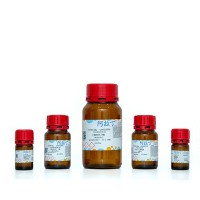Microwave-Accelerated Decalcification: Useful Methods for Research and Clinical Laboratories
互联网
互联网
相关产品推荐

赛默飞世尔Thermo Fisher MICROWAVE OVEN COMMERCIAL 货号:T_70109-540-127
¥1200

HB Western blotting Principles and Methods
¥223

Pyruvic-1-¹³C 酸,99124-30-8,API for Clinical Studies, ≥99 atom% ¹³C,阿拉丁
¥34800.90

Dihydrorhodamine 123,109244-58-8,Cell-permeable fluorogenic probe that is useful for the detection of reactive oxygen species (ROS) such as peroxide and peroxynitrite.,阿拉丁
¥3862.90

Research Grade Efprezimod alfa
¥1868
相关问答

